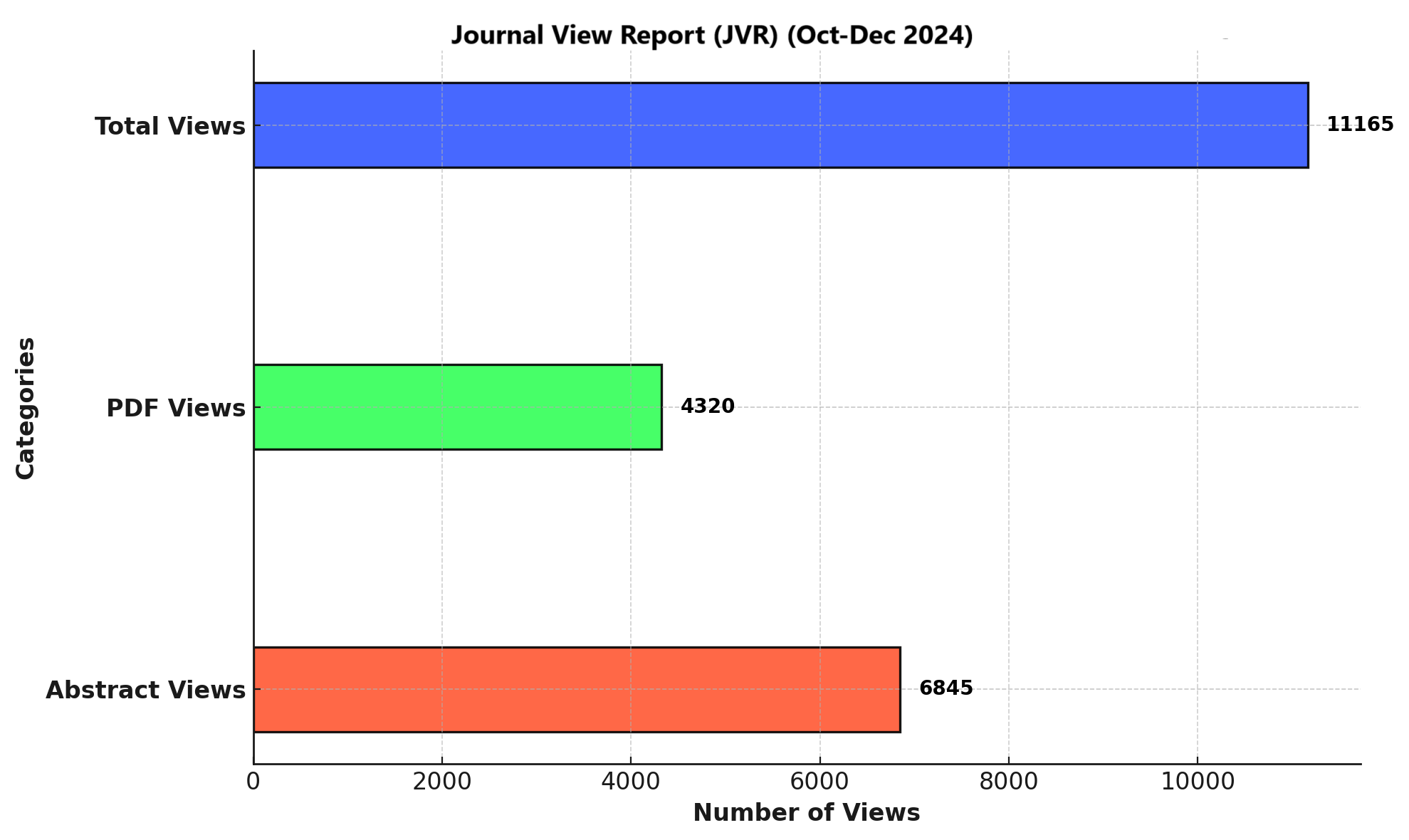COMPARISON OF CLINICAL EFFECTIVENESS OF AZITHROMYCIN VERSUS CEFTRIAXONE FOR TREATMENT OF ENTERIC FEVER
DOI:
https://doi.org/10.71000/125t0h52Keywords:
Azithromycin, ceftriaxone, enteric fever, pediatric, randomized controlled trial, Clinical Cure, Microbiological ClearanceAbstract
Background: Enteric fever remains a significant health burden among children in developing countries, primarily caused by Salmonella enterica serotypes. Rising antimicrobial resistance necessitates evaluating alternative treatment options with better outcomes. Oral azithromycin and intravenous ceftriaxone are widely used in clinical practice; however, comparative data on their effectiveness in pediatric populations remain limited, particularly in low-resource settings.
Objective: To evaluate the clinical effectiveness of azithromycin and ceftriaxone in the treatment of pediatric enteric fever, focusing on clinical cure rates, defervescence time, and microbiological clearance.
Methods: This randomized controlled trial enrolled 160 children aged 7 to 14 years with culture-confirmed Salmonella typhi infection. Participants were randomly assigned into two groups: Group A received oral azithromycin at 10 mg/kg/day for 7 days, while Group B was administered intravenous ceftriaxone at 100 mg/kg/day in divided doses for the same duration. Primary outcomes included clinical cure by day 7, defervescence time (defined as sustained axillary temperature <37°C for 72 hours), and microbiological cure assessed by negative blood culture on day 10. Statistical analysis was performed using SPSS version 26, with p ≤ 0.05 considered significant.
Results: Group A demonstrated significantly higher clinical cure rates (91.2%) compared to Group B (77.5%) with a p-value of 0.01. The mean defervescence time was shorter in the azithromycin group (4.94 ± 1.25 days) versus the ceftriaxone group (5.31 ± 1.33 days). Microbiological cure was observed in 97.5% of Group A and 90.0% of Group B (p = 0.05).
Conclusion: Azithromycin was found to be more clinically effective than ceftriaxone in treating pediatric enteric fever, offering advantages in fever resolution, bacterial eradication, and treatment accessibility.
Downloads
Published
Issue
Section
License
Copyright (c) 2025 Zia Ullah Khan, Sardar Khan (Author)

This work is licensed under a Creative Commons Attribution-NonCommercial-NoDerivatives 4.0 International License.







